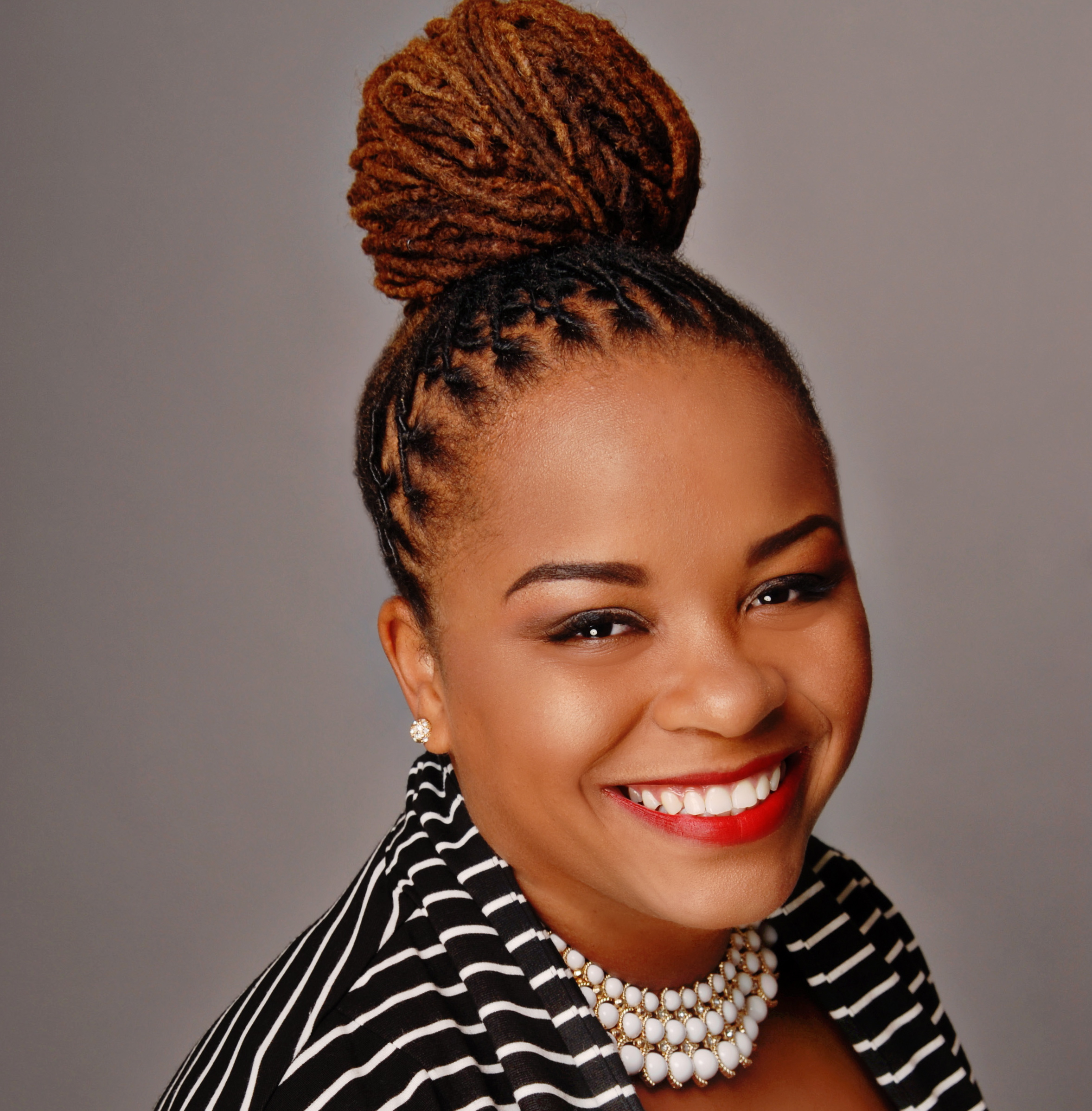 Chris Ryan Miller graduated from Tuskegee University in 2006 with a Bachelors of Science Degree in Aerospace Engineering. Miller, who serves as an integration engineer for a defense firm in St. Louis is the author of the children’s 2011 book “Daddy, How Do Planes Fly?” which supports his efforts to encourage K-12 students’ pursuit of STEM (Science, Technology, Engineering, and Math) careers. Follow him on twitter @Aerospacecrm or visit him on the web at www.ChrisRyanMiller.com.
Chris Ryan Miller graduated from Tuskegee University in 2006 with a Bachelors of Science Degree in Aerospace Engineering. Miller, who serves as an integration engineer for a defense firm in St. Louis is the author of the children’s 2011 book “Daddy, How Do Planes Fly?” which supports his efforts to encourage K-12 students’ pursuit of STEM (Science, Technology, Engineering, and Math) careers. Follow him on twitter @Aerospacecrm or visit him on the web at www.ChrisRyanMiller.com.
I was exposed to the aviation industry by my father, who worked in the field over 25 years. We spent evenings watching airplanes takeoff and land from the observation area outside Lambert-St. Louis International Airport. I would spend countless hours on the computer playing Microsoft Flight Simulator with thoughts of one day piloting my own aircraft. These experiences led me to pursue a career in commercial aviation as a pilot or an aerospace engineer. The latter became the obvious choice because I couldn’t get over my fear of being in small single engine propeller driven plane like a Cessna 172, a commonly used introductory aircraft.

Tuskegee University is the only Historically Black College and University (HBCU) with an aerospace engineering program. I also knew of the famed Tuskegee Airmen and their stories of struggle and triumph. This further solidified my decision to attend Tuskegee. Tuskegee is a leader in producing engineers of color and surrounding myself with like-minded students was something I knew I wanted. My needs as a science major were met and exceeded. The aerospace department took steps to help ensure student success. The low student-teacher ratio allowed all in the department opportunity to get to know one another. Additionally to the student’s favor, mentorship opportunities were provided by pairing upperclassmen with first and second year students. Typically, an engineering student would change their major if their coursework wasn’t going well. Mentors were critical to student success.

My passion and enthusiasm for flight was my inspiration for writing “Daddy, How Do Planes Fly?”. It is my goal for all students to see academic success in mathematics and science beginning in elementary school. The earlier a student is accustomed to working hard and seeing success in these areas the easier it will be for them to pursue Science, Technology, Engineering, and Mathematics (S.T.E.M.) careers. The opportunities within S.T.E.M. careers are endless. While I enjoy the challenges of my career, I find inspiring the engineers of tomorrow among my most rewarding experiences. I recently completed a 5-week program with 20 elementary school students in grades 3-6. Students were selected based on academic performance and behavior. Throughout the program students were taught the about the forces of flight. At the end of the program the student with the highest cumulative score in their homework, quizzes, and a final exam was rewarded an iPad2. Needless to say, the smile on that little face, made my heart soar.















